When starting your journey towards a PPL certificate, it’s important to understand the private pilot license requirements needed to do so. Here’s what to know.
[lwptoc numeration=”none” skipHeadingText=”Share This:”]
Every journey starts with a single step. Or when becoming a pilot, your first take-off! The first step on your journey to becoming a commercial pilot is to complete your private pilot license certificate. Today we will explain what this license is, what it enables you to do, and what private pilot license requirements you need to fulfill to enjoy all of the privileges it offers.
What is a Private Pilot License?
A private pilot license allows you to pilot light, single-engine aircraft. You may also hear it referred to simply as a “PPL.”
The license, while it features early in your flying career, carries great responsibility. It will enable you to fly solo to any destination of your choosing.
There are a few restrictions. Generally, when flying with a private pilot’s license, you must maintain control of the aircraft under visual flight rules (VFR). In essence, this means that you spend most of your time navigating and maneuvering based on what you can see outside the window, meaning that the weather needs to be good enough to fly.
Consider the PPL certificate as the foundation upon which you are going to build your future flying career. Like any foundation, it needs to be strong for you to add more levels.
The PPL is your first step on an amazing journey, so you will want to get the most out of your training.
Private Pilot License Requirements to Know
The FAA does not hand out pilot’s licenses to anyone. You will have to prove you have the skills required to be a safe and responsible aircraft commander. Here are the top private pilot license requirements to understand.
1. Eligibility
The first step on your road to success is ensuring you are eligible. To be awarded this certificate, you have to satisfy the following:
- Be over 17 years of age
- Be able to speak, read and write fluent English
- Be of good physical fitness to gain a medical clearance
- Have a reasonable level of education, in particular, have a solid understanding of basic arithmetic.
It is worth noting at this juncture that a PPL only requires a third-class medical certificate. However, to fly commercially, a Class 1 medical is required. Therefore, you will need to satisfy this requirement if you want to progress in aviation.
2. Ground School
Learning how to fly an aircraft is not just about handling skills. There’s a lot of theory, even with small airplanes.
The good news is that if you opt for good quality training, you may have access to a wealth of experience and answers at your disposal. Applicants for the PPL have to possess a good knowledge of the following subjects:
- Air Law
- Principles of Flight and Aerodynamics
- Navigation
- Meteorology
- Human Factors
- Aircraft Systems
- Communication Procedures
- Aircraft Performance
- Airport Operations and Procedures
There are many aspects to ground school training, which as a student, you will be tested on.
3. Flight Training
Pilots’ experience is rated in terms of hours. The minimum required for the granting of a PPL is 40 hours. There is a great deal to cover in that time. You can expect to learn:
- The effects of flight controls
- How to maneuver
- How to take off and land
- How to navigate
- Flying at night
- Emergency procedures
- Recovery from unusual attitudes
- Much, much more
Regarding your flight experience, the FAA will need to see proof of the following.
Hour Requirements for the Award of a PPL
A minimum of 40 hours flight time. 20 hours of which must be under training with an instructor.
During these 20 hours of instruction, you must also complete:
- 3 hours of cross country flight
- 3 hours of night training
- 1 flight greater than 100 miles
- 10 full take-offs and landings
- 3 hours of flying on instruments
Fortunately, several of the above can be completed at the same time.
You will also need to learn how to fly on your own. Going solo is an amazing experience. But there is no time to stop and admire the view. You’ll need to fly for at least 10 hours solo, and you will have things you have to do.
During this time, you must also complete:
- 5 hours of cross-country flight
- Make a single flight longer than 150 miles while stopping at 3 different airports
- Complete three take-offs and landings at a busy airport with air traffic control
4. Demonstrate Your Skills
This is a nerve-wracking yet exciting day. You have put in all the hard work, and now it is time to demonstrate your skills.
Your final flight test will be performed alongside an FAA-approved examiner. They will assess whether your skills are up to standard.
Provided you have worked hard, now is your time to shine and show how good you are on your final checkride.
Upon completion, you will be awarded a private pilot license.
The Benefits of Aeronautical College
You will want to get ahead in your career, and completing your PPL promptly means you can get to the next step quicker.
The best way to do this and meet all the private pilot license requirements is to enroll in a good-quality aeronautical university. Here are some of the benefits:
- You also gain a degree – By completing a Bachelor of Science in Aeronautics degree, you’ll leave with your private certificate and an academic degree. Become a pilot and a graduate.
- A well-established career path on graduation – CAU has developed partnerships with many airlines. As a result, they can help you get your ‘foot in the door’ with several airline partners.
- You can gain credit to reduce flying hours before your first job – Remember, we talked about ‘hours’ as a mark of a pilot’s experience. By learning to fly in a part 141 approved flight school, you may be able to take advantage of a 500-hour flight reduction before gaining your Airline Transport Pilot (ATP) certificate. This means you can be added to the pipeline for an aviation career much quicker than other candidates.
California Aeronautical University offers flight training as part of several degree courses. With a professional ethos and a wealth of experience, it is the best place to learn to gain your private pilot license before spreading your wings and seeing what the world has to offer. Why not contact us to inquire about enrollment?
Ready to soar in your aviation career?
Mr. Matthew A. Johnston has over 23 years of experience serving various roles in education and is currently serving as the President of California Aeronautical University. He maintains memberships and is a supporting participant with several aviation promoting and advocacy associations including University Aviation Association (UAA), Regional Airline Association (RAA), AOPA, NBAA, and EAA with the Young Eagles program. He is proud of his collaboration with airlines, aviation businesses and individual aviation professionals who are working with him to develop California Aeronautical University as a leader in educating aviation professionals.
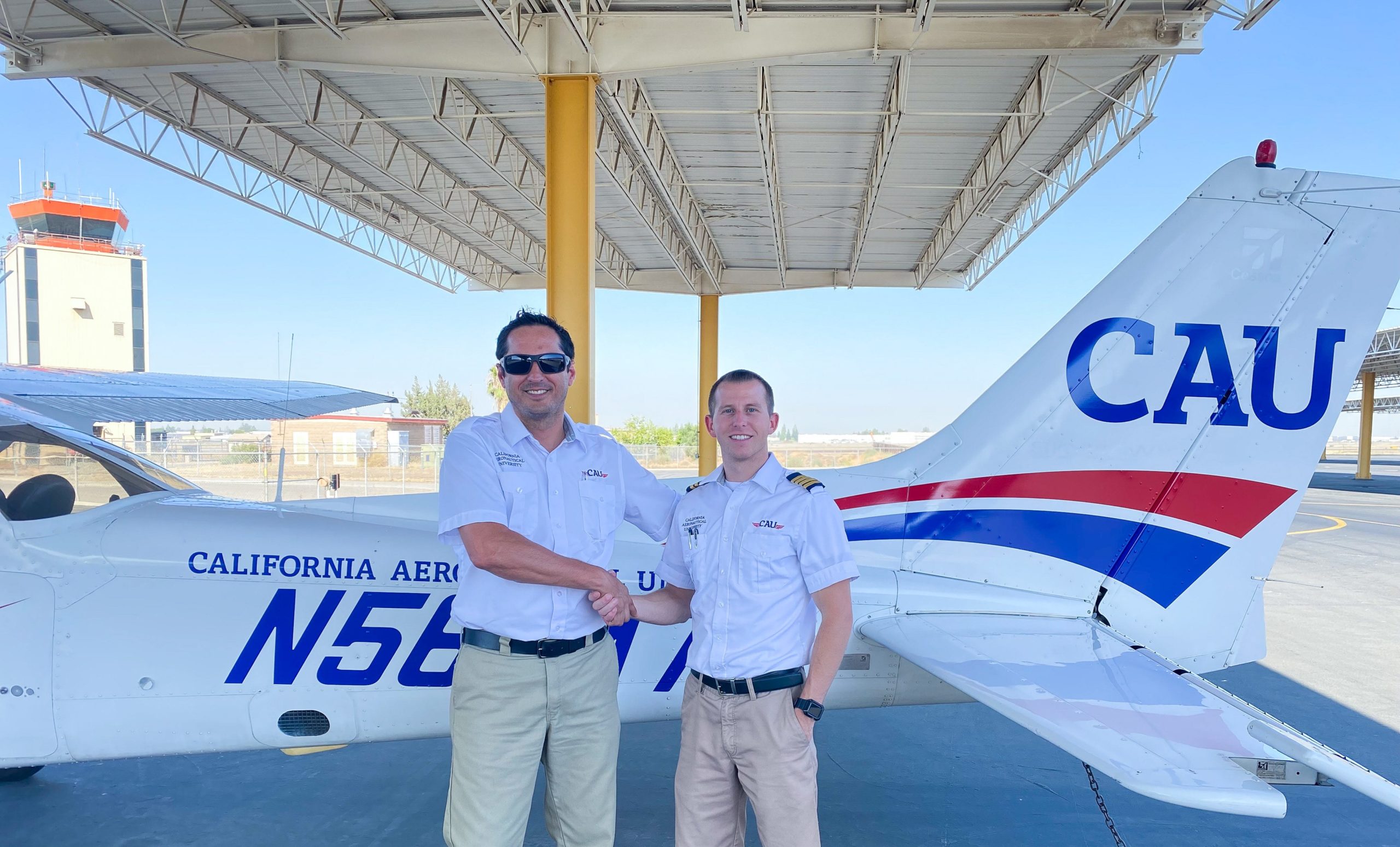
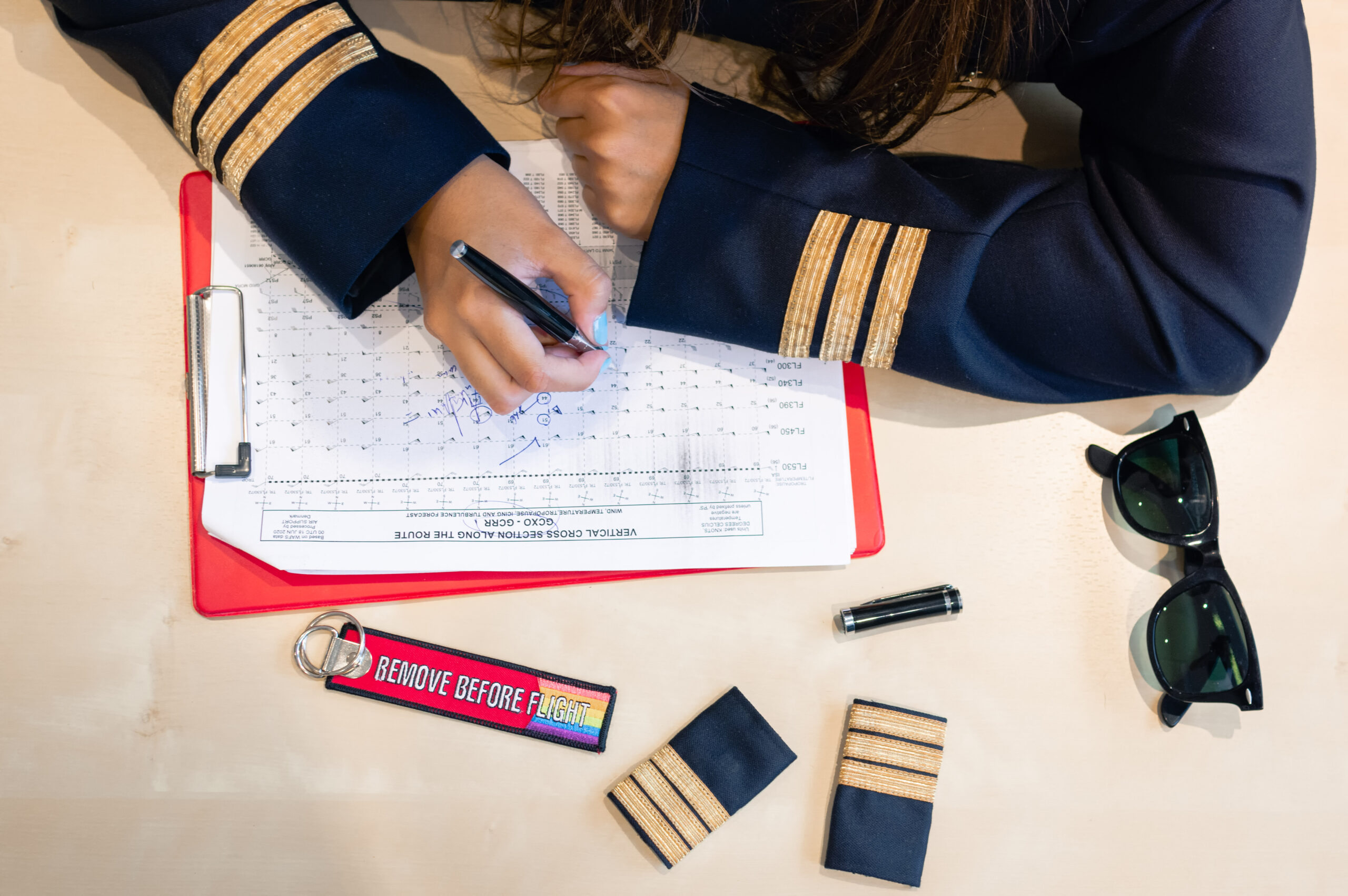
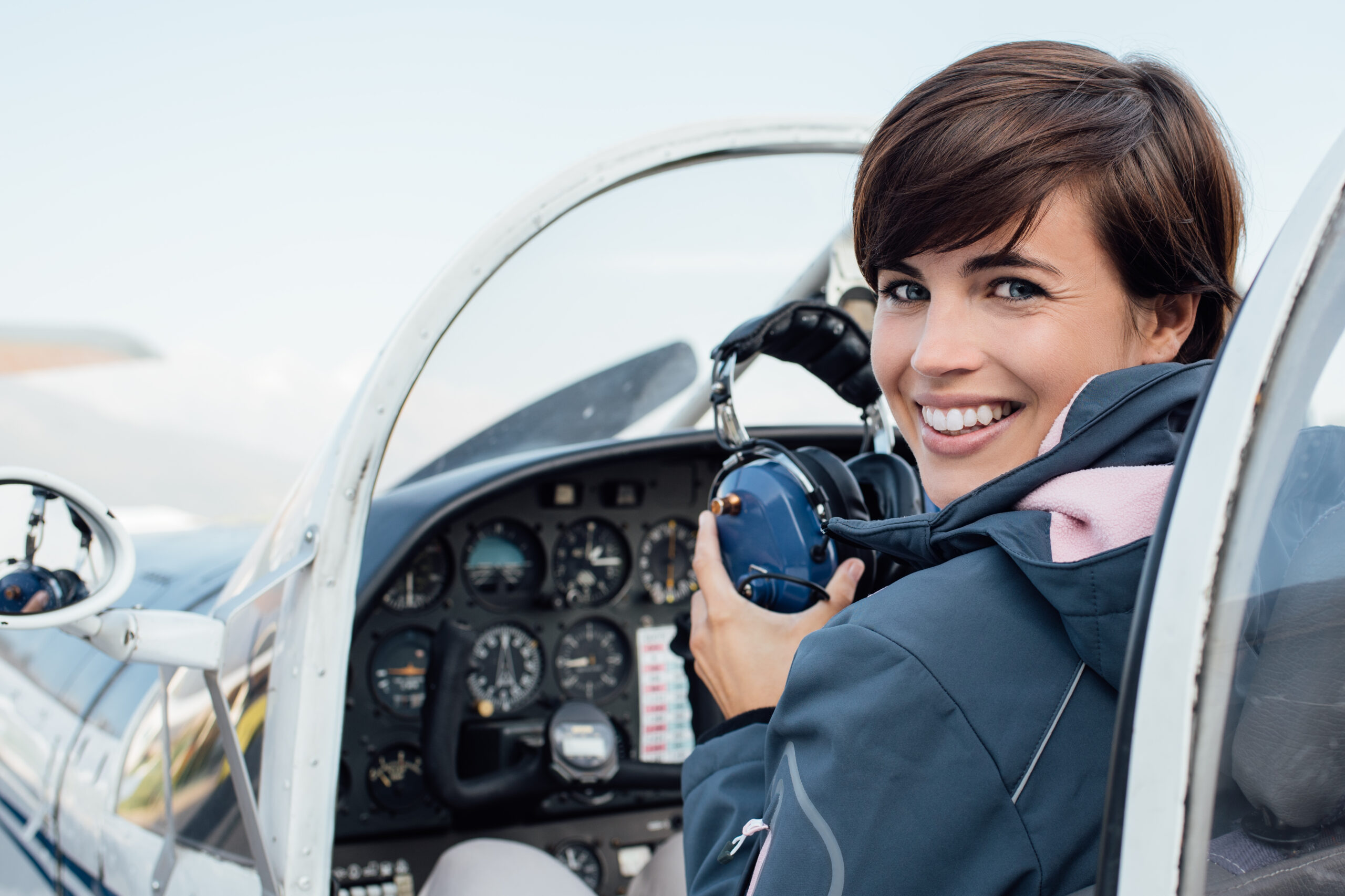
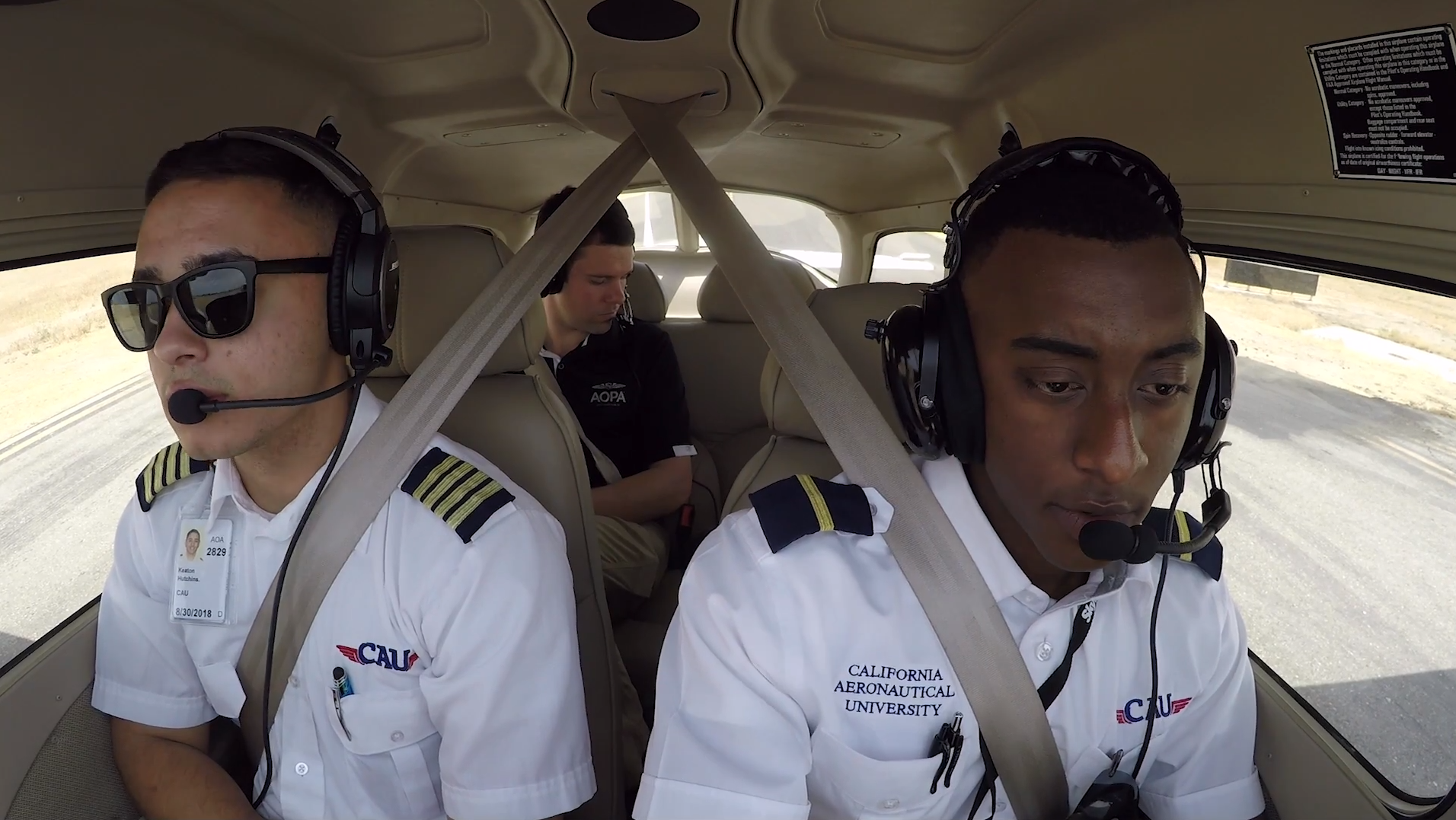
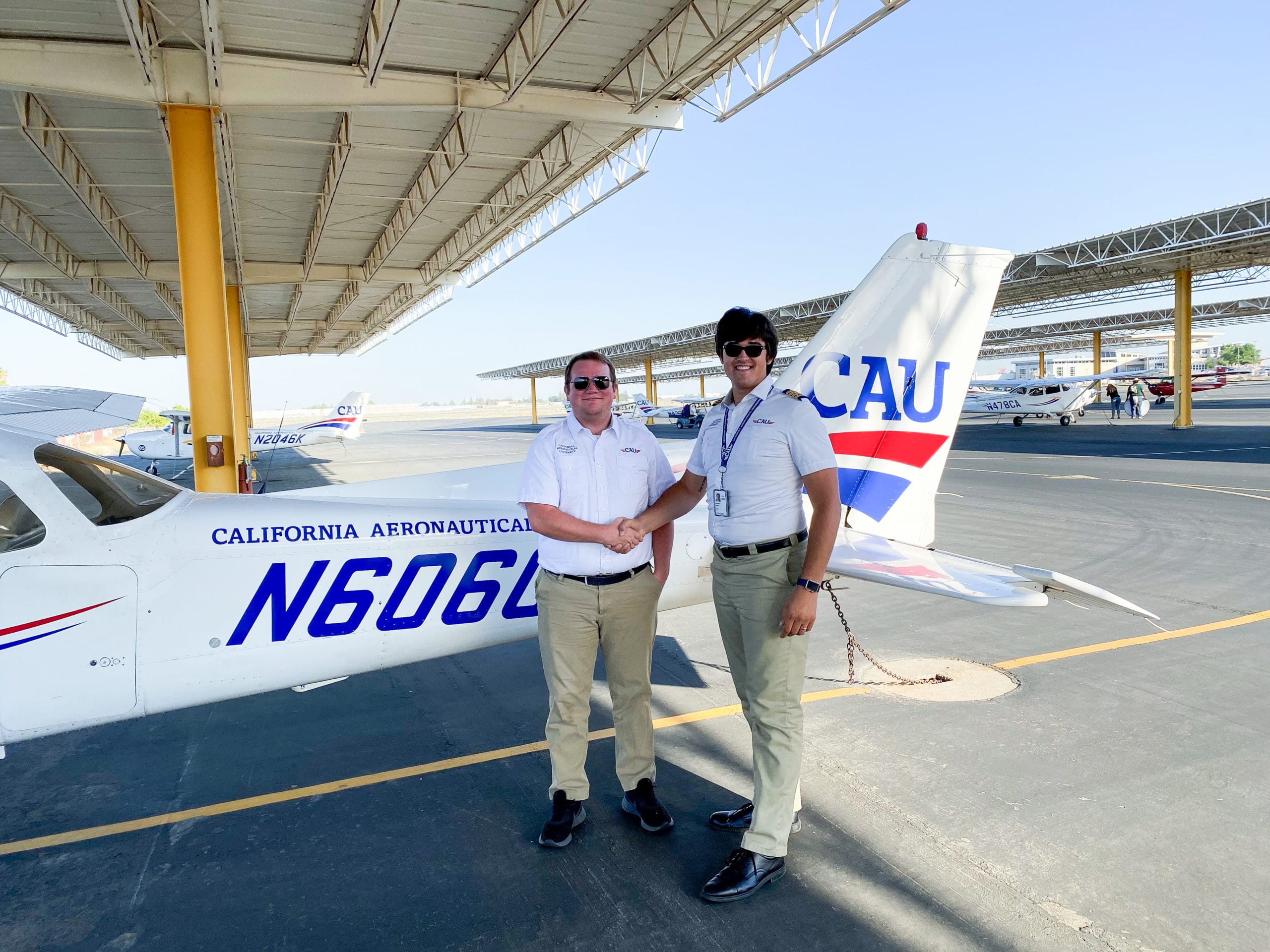
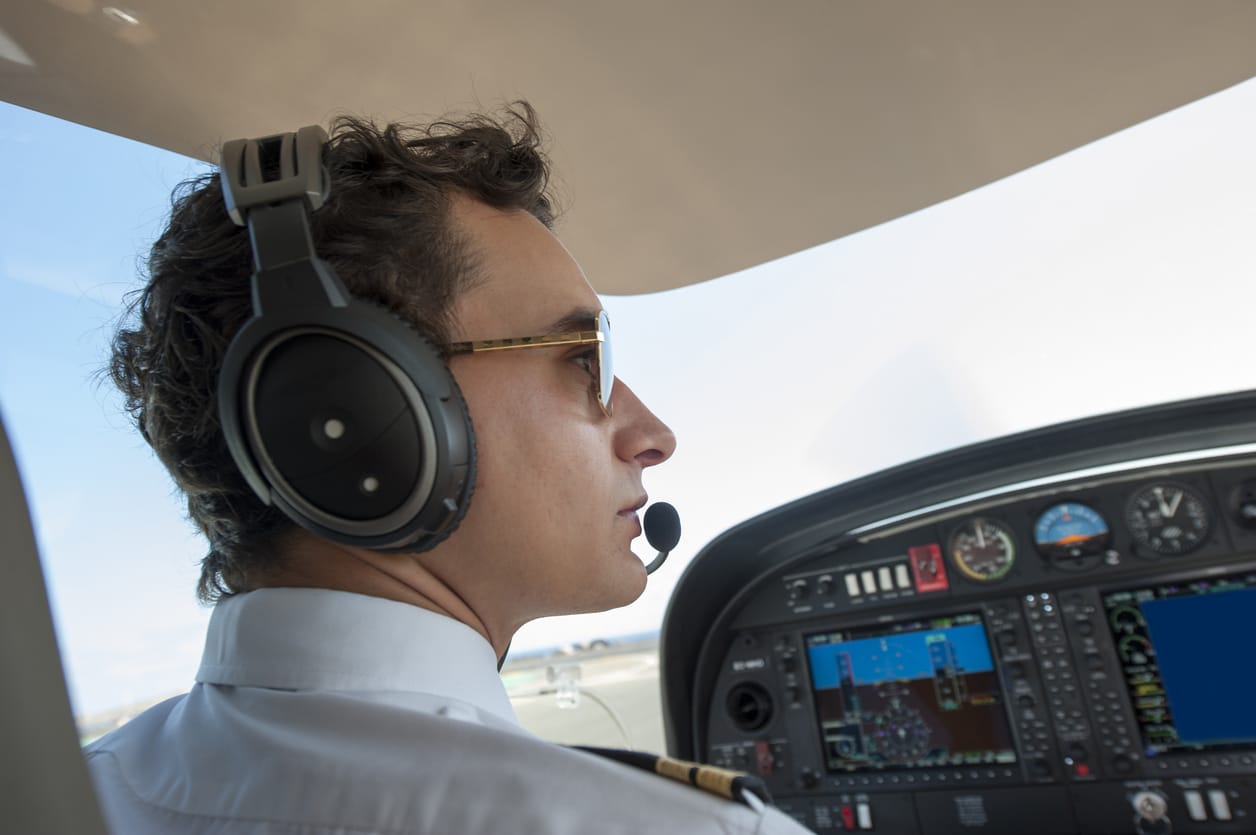
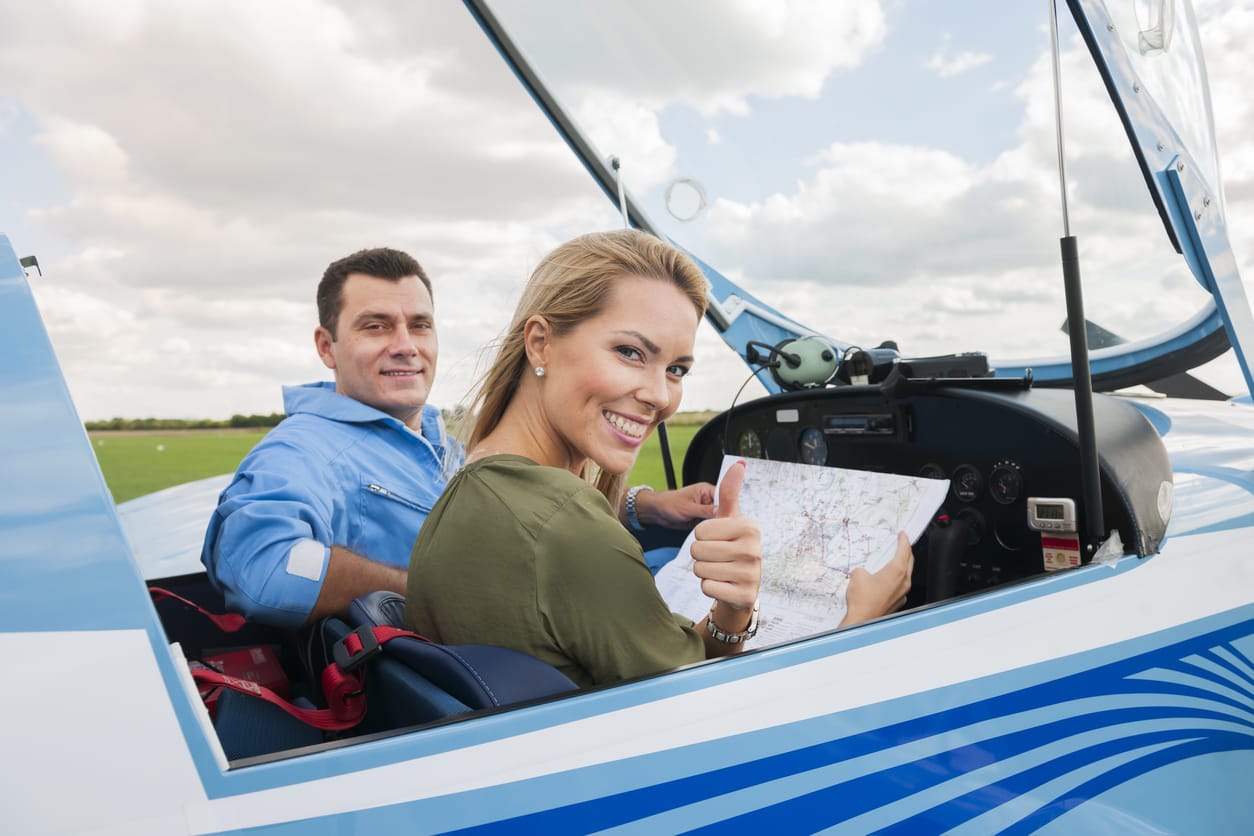
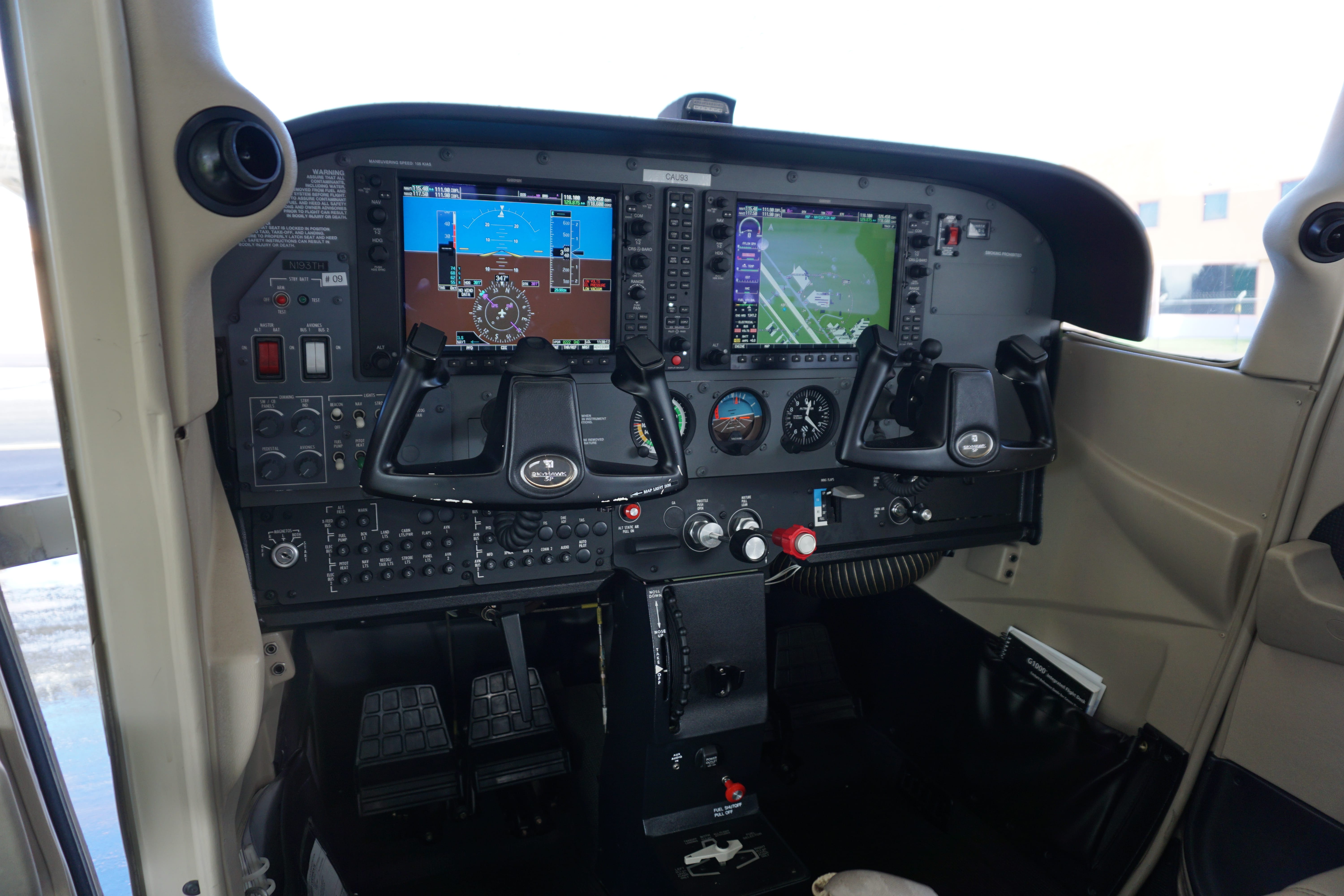
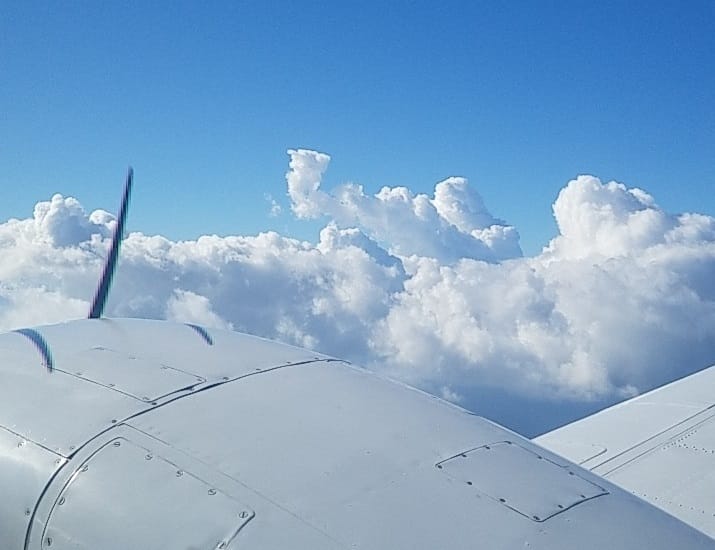
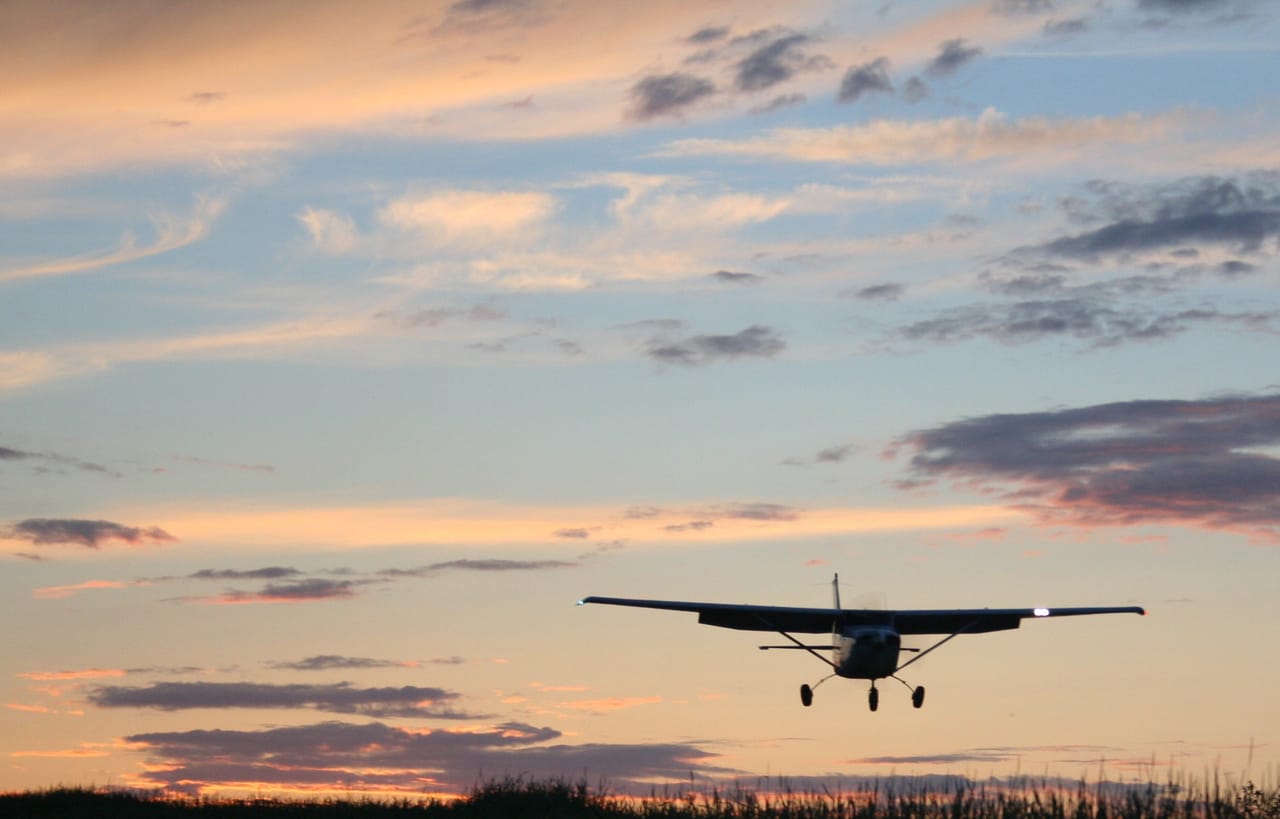
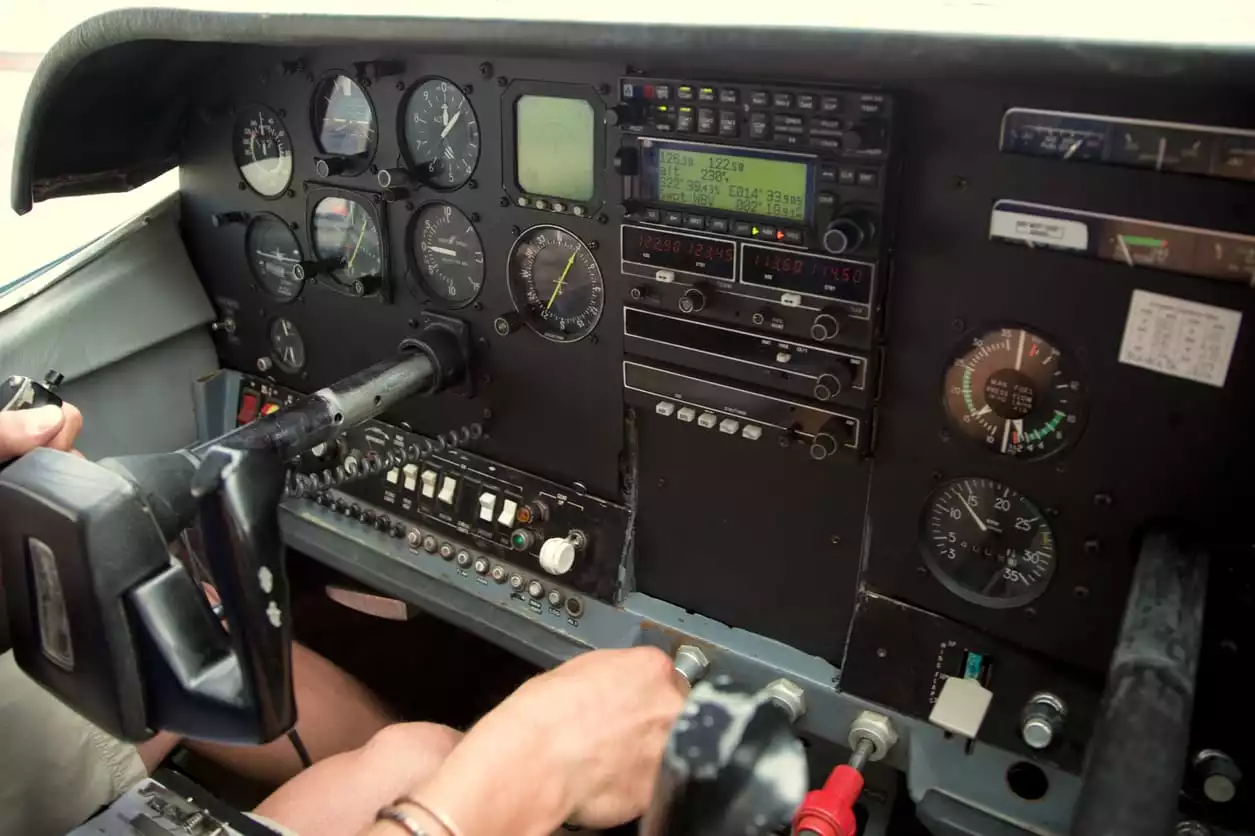
I am interested in learning how to fly , as well as pursuing a degree. Below is my information regarding how to provide me with the information necessary for your classes.